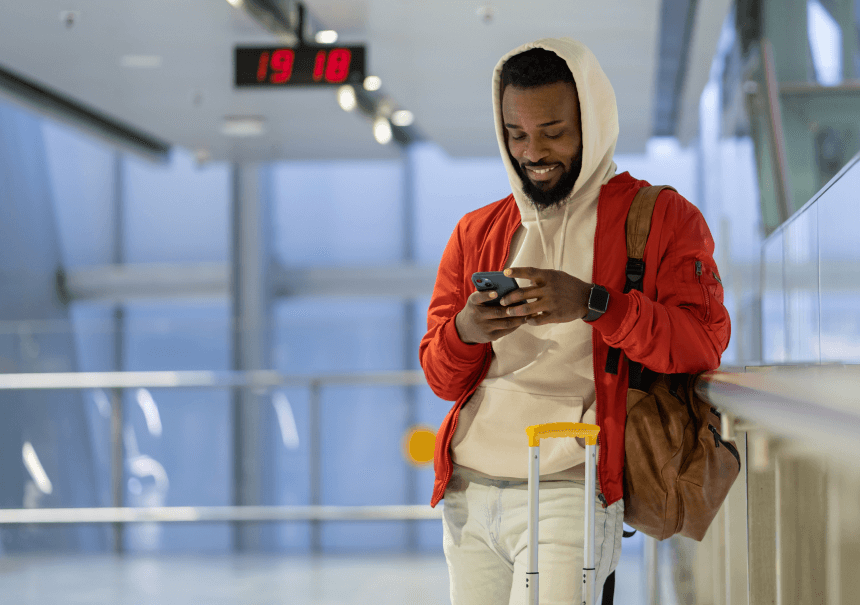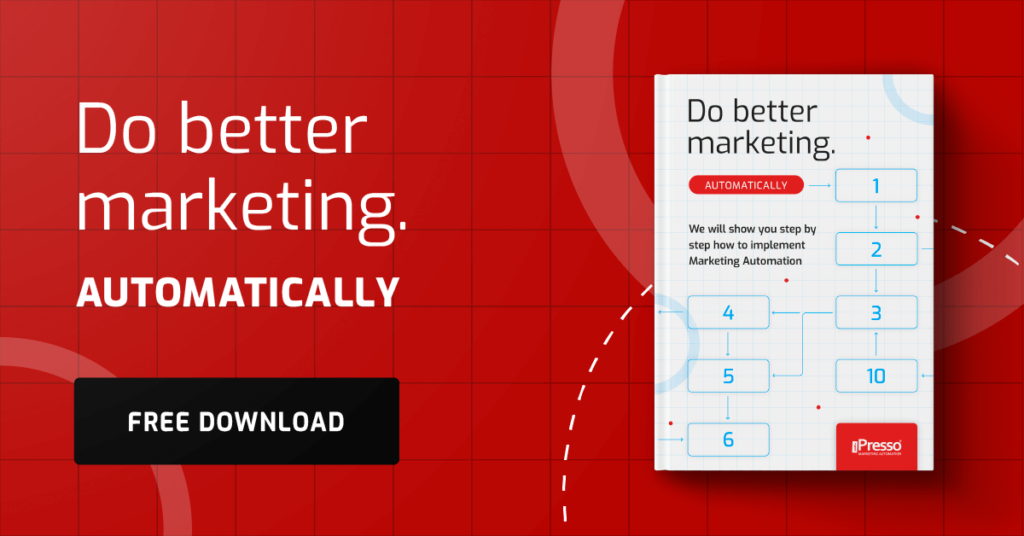3 Examples of how Real Time Marketing can be used in tourism

Wondering how to make your tourism marketing efforts more effective, hit the mark and really engage customers? Real Time Marketing may be the key to success. In the age of ubiquitous internet, smartphones and instant access to information, customers expect personalized offers and instant responses. Real Time Marketing is just that – acting here and now, in response to specific user needs and behaviors.
The travel industry is even designed to take advantage of Real Time Marketing. Imagine a customer who is just browsing your site, looking for a specific destination, or abandoning a purchase at the last minute. Each of these behaviors is a signal that you can use to provide them with exactly the content they need, at the right moment. By doing so, you increase the chances of conversion, build loyalty and create memorable experiences. Today we’ll look at three specific examples of how Real Time Marketing can be used in tourism that you can implement in your business. Here we go!
Personalizing your offer in response to user activity on the site
Someone lands on your website. This is not a casual visitor, but a potential customer who already has some intent. His or her behavior on the site – clicks, offers viewed, time spent on individual pages – is a valuable source of data that Real Time Marketing can use for instant personalization.
Dynamic display of offers and recommendations
One of the simplest, yet most effective examples of Real Time Marketing is the dynamic display of offers and recommendations based on content viewed. If a user has spent an extended period of time on pages dedicated to tours to Spain, browsing hotels in Alicante and reading about Barcelona attractions, it makes no sense to show him ads for tours to Norway. Instead, the Marketing Automation system should immediately suggest to him similar offers in Spain, hotels of similar standard in other regions of the country, or packages including flights and accommodation in selected locations.
How does this work in practice? You use iPresso tools to monitor user behavior on the site. When a customer browses specific destinations or types of travel, you automatically modify the content displayed. These can be:
- pop-ups with dedicated offers: e.g. “Discover the 3 best hotels in Andalusia that you’ll love!”
- recommendation frames: dynamically generated suggestions for tours, hotels or attractions that match the user’s existing preferences.
- Personalized web push notifications: displayed in the browser, promoting destinations or types of travel that have sparked interest.
Rescuing abandoned shopping carts and reservations
This is a real pain point for the travel industry. How many times has it happened that a customer has added a trip to the shopping cart, started the booking process, and then abandoned it for some reason? Real Time Marketing allows you to respond immediately to abandoned shopping carts, significantly increasing the chances of completing the transaction.
When the system detects that a user has abandoned the booking cart, you can apply several Real Time Marketing strategies:
- instant email/SMS reminder: sent within minutes after leaving the shopping cart, with a link to the unfinished reservation and a gentle reminder of the pending offer. Such a message can also include a personalized message, such as “Your vacation in Spain is waiting!”.
- offering a small discount: in some cases, when a customer hesitates to make a decision, the system may automatically offer a small discount, a free add-on to the booking (e.g. travel insurance, airport transfers), or information about a limited-time promotion. Remember to do this in moderation and only when warranted, so as not to get customers used to continuous discounts.
- A personalized pop-up with an offer of help: if a user has spent a lot of time at the booking stage and then canceled, it is possible that they have encountered difficulties. A Real Time Marketing system can display a pop-up with an offer to speak with a consultant, a link to an FAQ or a contact form.
The key to success is speed of response and tailoring the message to the user’s specific behavior. Not every purchase abandonment requires aggressive intervention, but in many cases a properly personalized and quick response can save a lost sale.
Marketing campaigns based on geolocation and situational context
When we think of Real Time Marketing, we often focus on web data. But Real Time Marketing is much more than that – it’s also about using geolocation and situational context data to deliver personalized offers at the right place and time. In tourism, where location is key, this is of paramount importance.
“Last minute” offers for people near the airport or train station
Let’s assume that someone just happens to be near an airport or train station. It is possible that she is considering a spontaneous trip, looking for inspiration or simply has a free moment. This is the perfect time to present her with “last minute” offers or short, inspiring trips.
How it works. With geolocation technology, you can identify users who are within a certain radius of strategic transportation points. You can then send them:
- mobile push notifications: e.g. “Spontaneous weekend in Rome? Check out our flight and hotel offers for the next 48h!“ or ”Special offer for Central Station travelers: 15% discount on selected domestic trips!”
- dedicated landing pages: which automatically display when you click on an ad or notification, presenting optimized offers for spontaneous travelers.
Remember, the key here is not only to reach the right people, but also to provide them with valuable, engaging content that will actually get them to take action.
Notifications about attractions and events at the destination
This is an example of Real Time Marketing that takes the customer experience to a whole new level and builds true loyalty. Once a customer has traveled and is in their chosen destination, you can use geolocation to provide them with useful information and personalized recommendations about attractions and events in the area.
Let’s say a customer has booked a trip to London with you. After he lands or checks into the hotel, you can send him:
- notifications about upcoming events: if there is a festival, concert or exhibition in the area, you can send information with a link to tickets or event details.
- information about nearby tourist attractions: e.g., “You are 500 meters from Buckingham Palace! Did you know that a light show is taking place there tonight?“ or ”Visit the Big Ben.”
- offers of additional services: e.g., car rental, optional tours with a local guide – all tailored to the customer’s current location and travel plans.
Using geolocation and situational context allows you to create engaging, useful and highly personalized experiences that enhance the customer journey and build positive associations with your brand.
Pro tip: automating customer communications based on changing conditions
In tourism, where plans can change in the blink of an eye – from weather to political conditions to strikes and delays – automating communications based on changing conditions is absolutely key. It’s not just a matter of convenience, but more importantly a matter of security and building trust. Real Time Marketing allows you to react proactively and immediately to these changes, keeping customers informed and offering support.
A customer is just about to fly on a dream vacation, and suddenly the weather breaks, the flight is delayed, or the event they were so looking forward to is canceled? In such situations, prompt and proactive communication is a must.
A system using Real Time Marketing can be integrated with external data sources, such as weather services. When it detects a change that could affect a customer’s trip, it immediately sends a personalized notification:
“Attention, rain is forecast for tomorrow in the Barcelona area. Remember your umbrella!“ or ”Temperatures in Egypt will rise to 40°C. Remember to hydrate and wear sunscreen!”
These types of notifications not only inform the customer, but also give them a sense that the company cares about them, is proactive and supports them in their journey.
Summary
Real Time Marketing is not just a fad, it is the future of marketing in tourism. Customers expect increasing personalization, speed and a proactive approach. Companies that can use real-time data to deliver relevant, personalized and engaging messages will gain a huge competitive advantage.
Remember that implementing Real Time Marketing is a process. Start with small steps, analyze data, test different strategies and optimize your efforts. Investing in the right tools and building a data-driven culture is the key to success.
Do you want to use Real Time Marketing in your business? Fill out a short brief and ask us about the details of cooperation.



